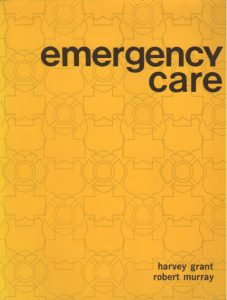
Dr. Bill Young

by Dan Limmer, BS, NRP
Our articles are read by an automated voice. We offer the option to listen to our articles as soon as they are published to enhance accessibility. Issues? Please let us know using the contact form.
The 1960s and 1970s were a tumultuous time in the United States. The country was transformed by the Vietnam War. An increasingly mobile society began to notice that people were dying on its highways. A television show called “Emergency!” ignited a passion for emergency medical services in an entire generation.
In the early days there was minimal guidance on what an EMS system should be; even less on what an EMS provider should look like. Much of the information we trained on was derived directly from the hospital since doctors and nurses were the primary instructors of the first EMS classes.
While guidance was minimal, passion was high. The local first aid-trained ambulances and funeral homes became part of a larger, somewhat rag-tag system of care. They brought the community-based desire to help into the burgeoning phenomenon called EMS.

As I leafed through the first edition of the Emergency Care textbook I saw many familiar skills and treatments but I saw one part of the textbook that seemed to capture the early days of EMS—the attitude and passion to help their fellow man—in a single art piece. Almost unthinkable now, the first edition contained instructions on how to baptize a stillborn baby.
Take a minute to let that sink in—and reflect on what people would think today if EMT class contained instructions on baptism rites. Some of the dinosaurs reading this may recall ambulances carrying “baptism kits” near the OB kit in the ambulance. I do.
While baptisms are no longer in the EMS skill set—and while science and research dominate the larger EMS conversation these days—we should never forget what those baptism instructions were there for. To comfort and ease the physical and emotional pain of those in need.
Some things never go out of style.

Dr. Bill Young

Limmer Education

Limmer Education